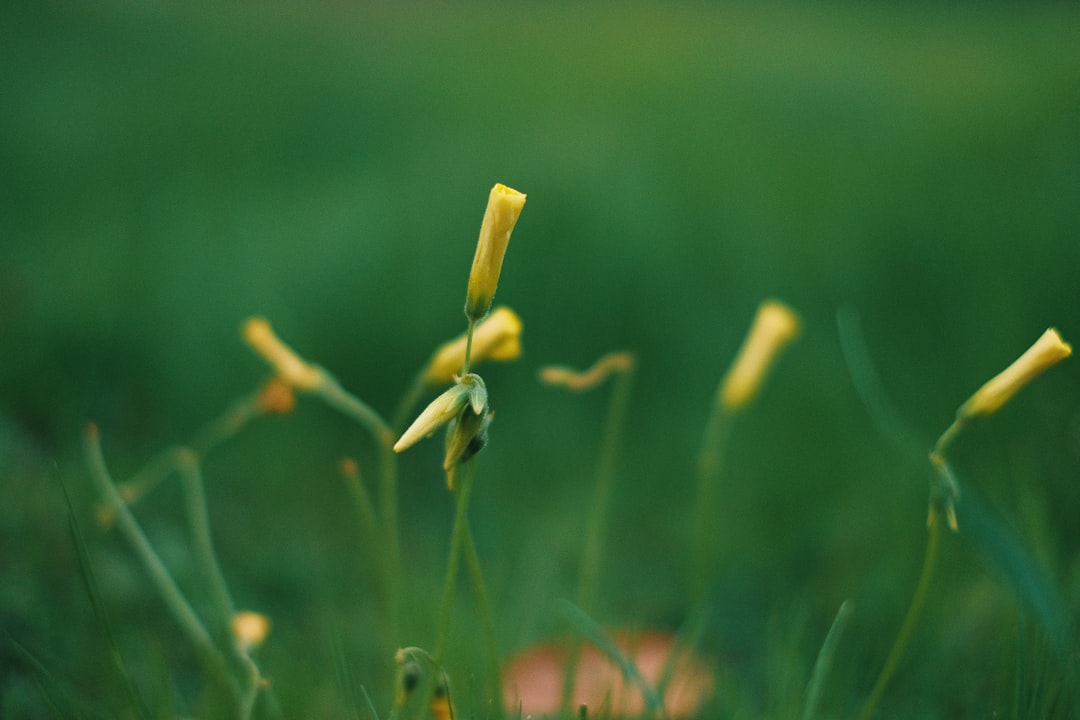Unveiling the Secrets to a Mole - Free Yard

Having moles in your yard can be a real nuisance. These small, burrowing mammals may seem harmless at first glance, but they can cause significant damage to your garden and lawn. Their tunnels disrupt the root systems of plants, leading to wilting and even death. In this article, we'll explore effective ways to get rid of moles in your yard right now and how to prevent more from moving in.
Understanding Moles
Before we dive into the solutions, it's important to understand a bit about moles. Moles are insectivores, which means they primarily feed on insects, grubs, and earthworms. Their underground tunnels are a result of their search for food. They have a keen sense of smell and touch, and their front paws are specially adapted for digging. Moles are most active in the early morning and late evening, and they can create extensive tunnel systems in a short period of time.
Getting Rid of Moles
Trapping
Trapping is one of the most effective ways to get rid of moles. There are several types of mole traps available on the market, including scissor - jaw traps, harpoon traps, and choker loop traps. When setting a trap, it's crucial to locate an active tunnel. You can do this by stepping on a section of the tunnel and checking if it's re - opened within a day or two. Once you've found an active tunnel, follow the manufacturer's instructions to set the trap properly. Be sure to wear gloves when handling the traps to avoid leaving your scent, as moles can detect human odors.
Repellents
There are both natural and chemical repellents that can be used to deter moles. Natural repellents often contain ingredients like castor oil, garlic, and peppermint. You can make your own castor oil repellent by mixing castor oil, dish soap, and water in a spray bottle. Spray the solution around the perimeter of your yard and in areas where you've noticed mole activity. Chemical repellents, on the other hand, usually contain substances like zinc phosphide or aluminum phosphide. However, these should be used with caution as they can be harmful to other animals and the environment.
Flooding the Tunnels
Another method is to flood the mole tunnels with water. Locate the main entrance to the tunnel system and insert a garden hose. Turn on the water and let it flow into the tunnels for a while. This may force the moles out of their tunnels, making it easier to catch them. However, this method may not be very effective if the soil in your yard drains quickly.
Preventing Moles from Moving In
Reduce Their Food Source
Since moles feed on insects and grubs, reducing their food source is an important step in preventing them from moving in. You can do this by keeping your lawn well - maintained. Regularly mow your grass, aerate the soil, and avoid over - watering, as moist soil attracts grubs. You can also use beneficial nematodes, which are microscopic worms that prey on grubs. These can be purchased at a garden center and applied to your lawn according to the instructions.
Create a Barrier
Installing a physical barrier can also help prevent moles from entering your yard. You can use hardware cloth or chicken wire and bury it at least 2 feet deep around the perimeter of your garden or yard. This will prevent moles from tunneling under the barrier. Another option is to use raised beds with a wire mesh bottom, which will keep moles out of your plants.
Plant Mole - Repellent Plants
Some plants are known to repel moles. These include daffodils, alliums, and marigolds. Planting these around the perimeter of your yard or in areas where you've had mole problems can help deter them. The strong scents of these plants are unappealing to moles and may keep them away.
In conclusion, getting rid of moles in your yard requires a combination of methods. By using traps, repellents, and taking steps to prevent them from moving in, you can enjoy a mole - free yard. Remember to be patient, as it may take some time to completely eliminate the mole problem. With consistent effort, you'll be able to protect your garden and lawn from these pesky creatures.